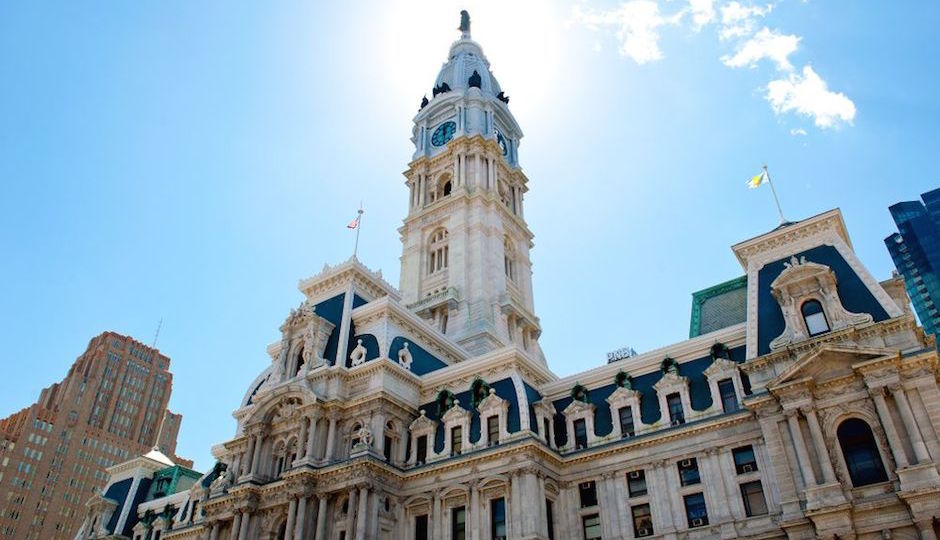Philly Government Has a Big Diversity Problem
There’s something off about Philadelphia’s municipal workforce.
In an illuminating two-day analysis for Philly.com, Tom Ferrick reported that the city is 13 percent Latino and 7 percent Asian, but the local government is only 5 percent Latino and 2 percent Asian.
That’s not the only problem. Ferrick found that women and minorities are underrepresented in top-paying positions in the city:
For the 4,000-plus city employees who earn $70,000 a year or more, 64 percent are white and 72 percent are male.
For the 4,000 or so city employees who earn $35,000 a year or less, 67 percent are black and 55 percent are male.
The average salary of a white worker ($60,107) is about $10,642 more than the average for a black employee, who earns $49,465.
Some city departments in particular have a diversity problem. As Citified reported previously, “Whites are over-represented in Philadelphia’s police force by 20.4 percentage points. The department is nine percentage points less black than the city as a whole, and five percentage points less Hispanic and less Asian than is the overall Philadelphia population. And at 83 percent male, the department is, perhaps not surprisingly, a long, long way from gender parity.”
How can Philadelphia make its municipal workforce more closely match the city? Some say the city should modify something known as the “Rule of Two.” Others say the city needs to use data to analyze these issues more rigorously, and that the hiring system in general needs to be revamped.
Ferrick is an advocate for changing the Rule of Two. The decades-old law severely limits the pool of applicants that managers can choose from for jobs and promotions. They can only pick from the two highest scorers on a civil service examination. Other cities and states do things differently, Ferrick said:
Some have a system that lets them pick from a pool of applicants with the three highest scores. For two positions open, they could have four applicants who get a 92, six who get a 91 and seven who get a 90. This gives the manager a pool of 17 applicants eligible to fill the job.
In order to ditch or amend the Rule of Two, the city charter would have to be amended. That would require City Council to introduce and pass legislation, and for voters to subsequently approve the plan. The good news for critics of the Rule of Two is that voters have OKed the vast majority of proposed charter changes in the past. Plus, some City Council members, such as Maria Quiñones-Sanchez, have been calling for more diversity in the local government for years, which indicates they may be open to this or other ideas to address the issue.
The bad news is that one of the few times voters didn’t give a thumbs-up to a proposed charter change is in the 1990s, when they turned down a plan to rejigger the Rule of Two.
